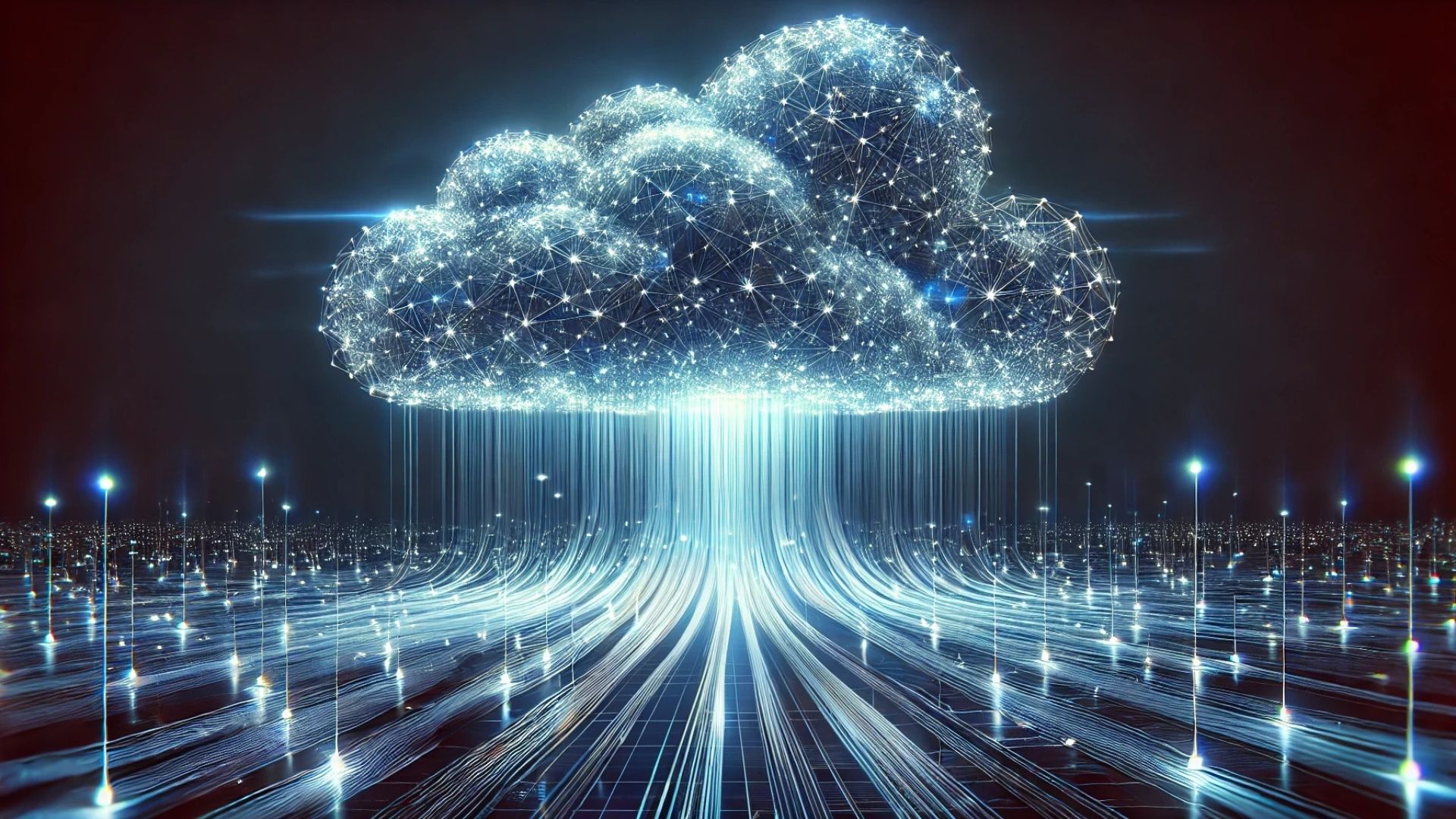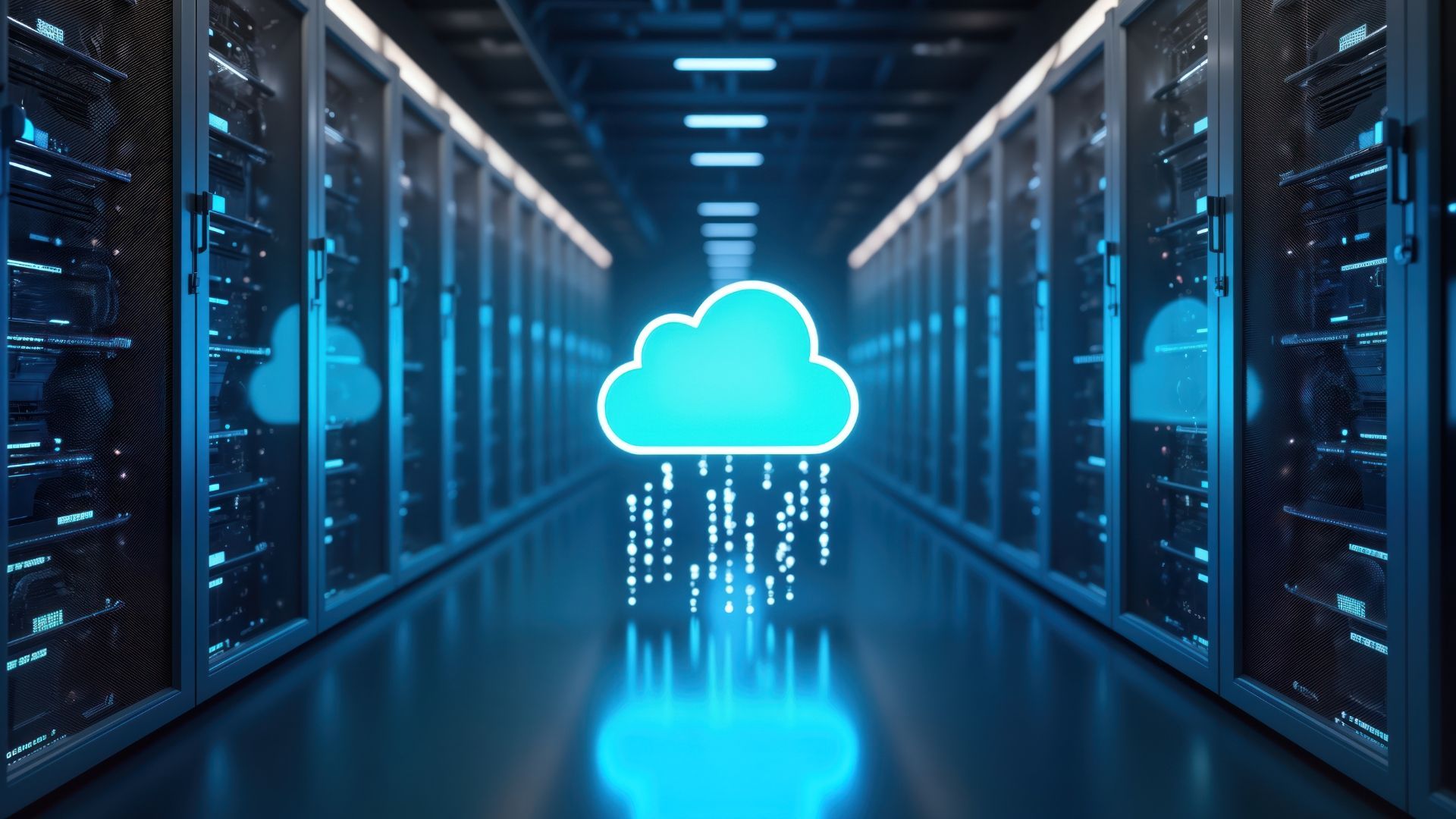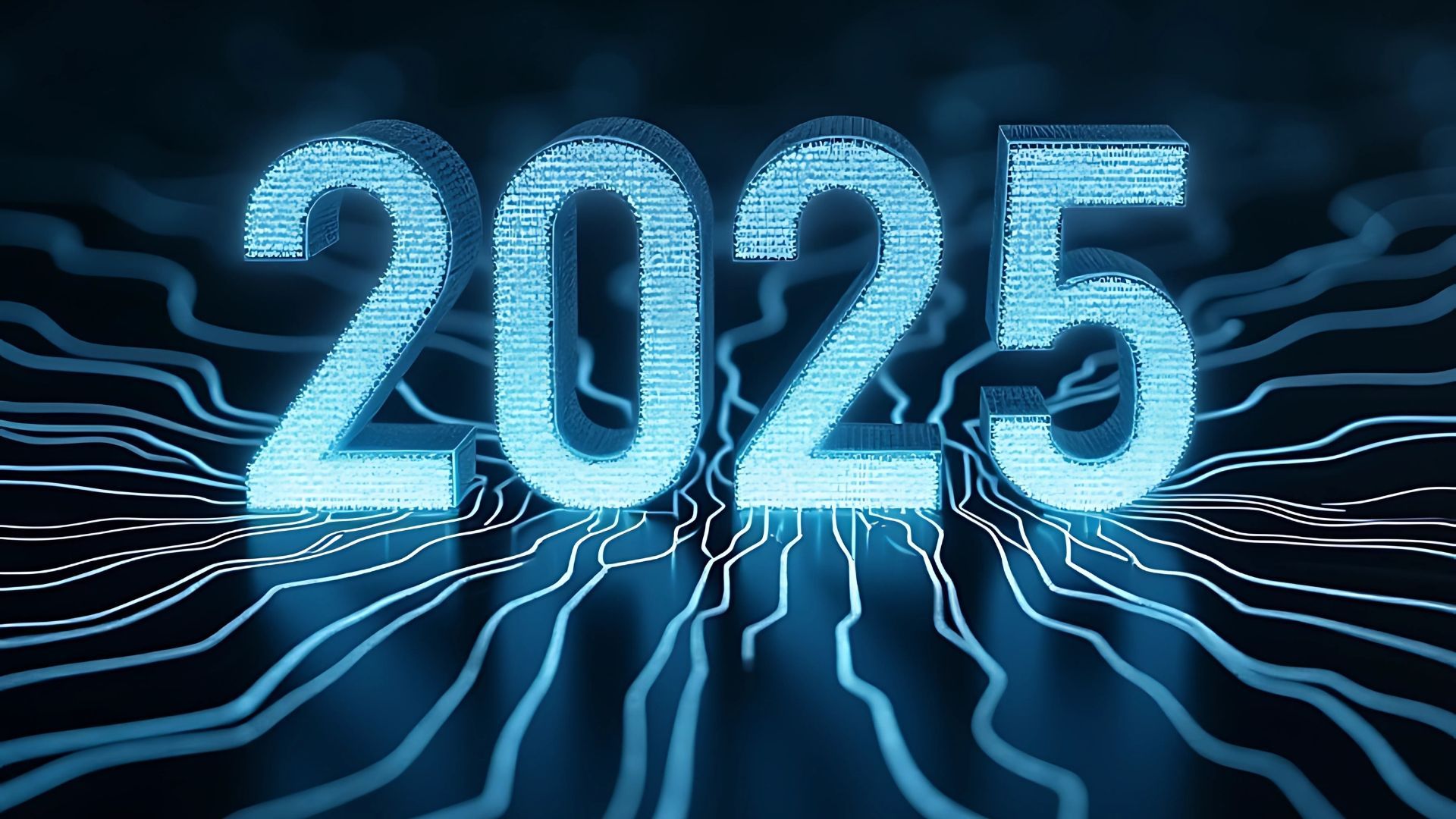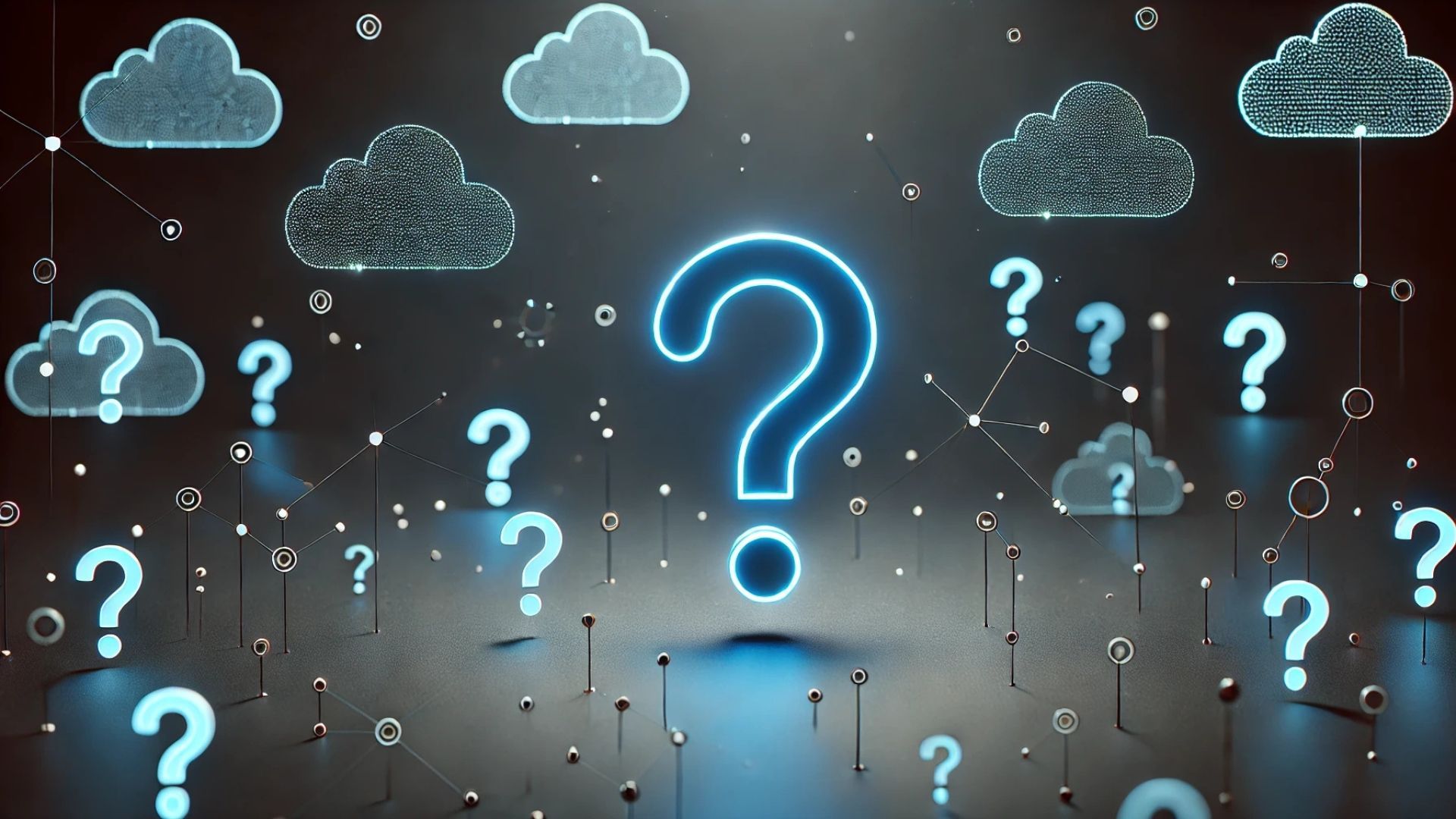Source Discovery in Migration
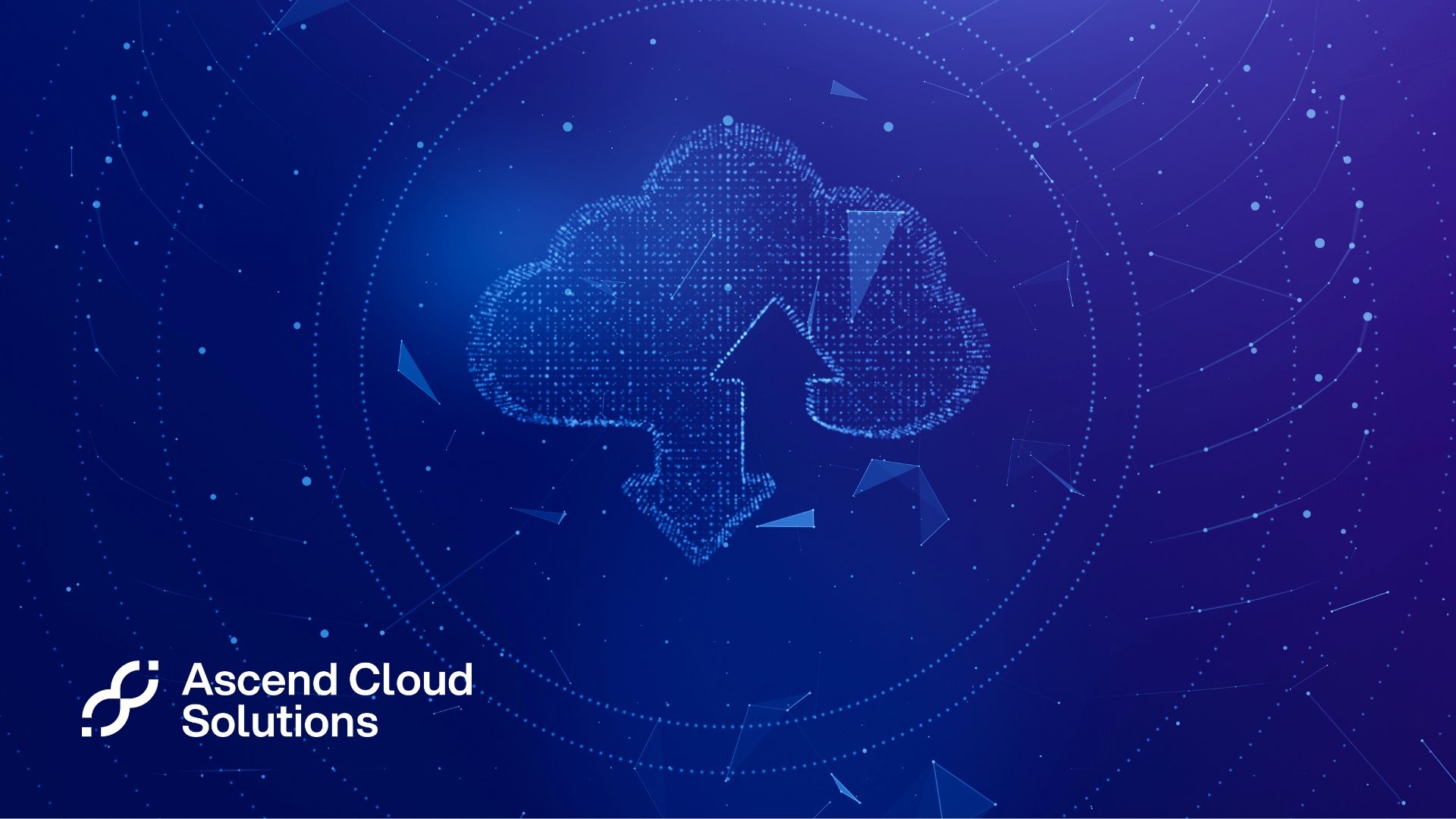
What is meant by source discovery?
Discovery is the process of capturing detailed and deeper understanding about the source environment, like the on-premises. And that will help to plan and execute a successful migration.
Let's look at some of the goals to achieve using the discovery process.
Determine Resources, Sizing and Compatibility: It will help with right sizing the VMs and validating compatibility for the target environment.
Design the target environment: Depending on the source environment configuration, we can decide the target platform and it will decide architecture.
Estimating cost for resources:
Migrating a VM to another environment or another platform would mean there could be a new shape to be used. And the discovery process will assist in estimating how much it is going to cost for resources to use in the target environment.
Accurate planning to Reduce Risks: Migration task will always have risk as it always involves migrating business critical applications. Prioritizing VM for migration is a major task that means sorting the VMs that are to be migrated, which VMs are to be combined and migrated together, forming as a migration wave to reduce risks. And then choosing the next set of migration waves.
What are the discovery methods and how do we capture this data?
Access to Management VMs: The first option is to get access to the management components like the vCenter. Through vCenter, you can find resource allocations and the necessary configurations in the source.
Export with 3rd party tools: In some scenarios, it is not possible to gain access to management VMs, especially if migrations are going to be led by a partnering organization. In such cases, you would use third-party products for discovering the data. RVTools is a very common tool used for exporting data from a vCenter environment.
Customer provided Discovery data:
The customer themselves can capture this data and provide it to the partnering company who are going to run the entire end-to-end migration process.
Using these discovery methods, you are creating an Inventory of Assets.
This inventory will capture all the required information regarding the source. And then using this inventory data, the next step is to run some assessments. Assessments are about taking a closer look at the data and documenting the results towards the discovery goals.
There are different types of assessments that you can run on the discovered data.
1. Application Assessment,
2. Compute Assessment,
3. Storage and Data Assessment,
4. Network and Security Assessment,
5. Compliance Assessment.

